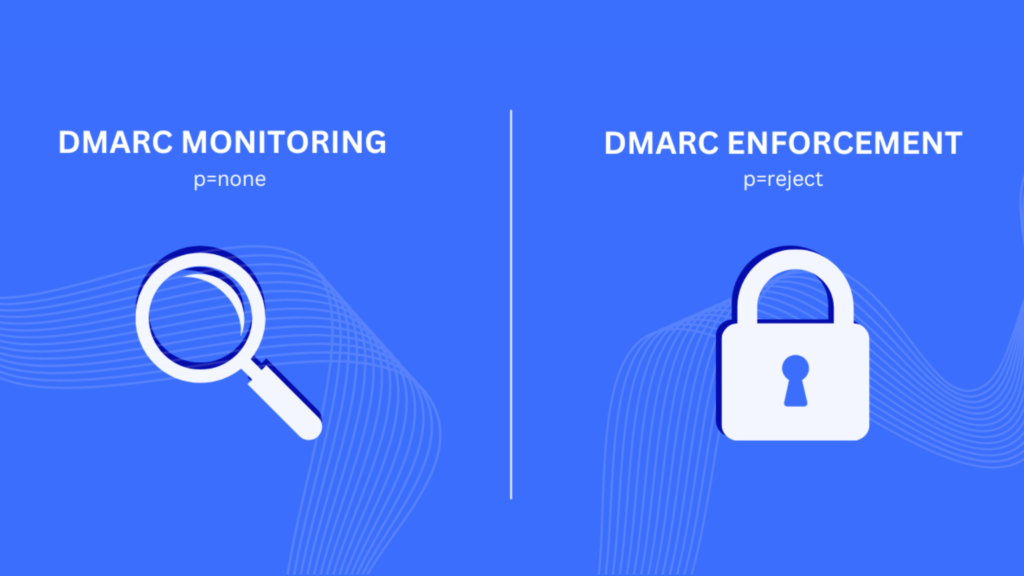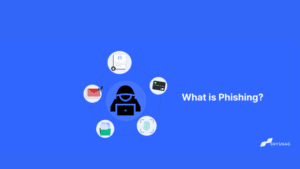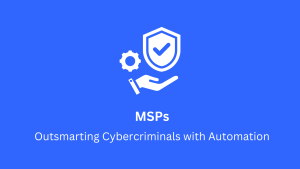Navigating DMARC: Monitoring vs. Enforcement

Ensuring email security is essential in today’s world. Organizations worldwide face increasing threats like phishing and spoofing, emphasizing the need for robust defenses. DMARC (Domain-based Message Authentication, Reporting, and Conformance) offers a potent solution. In this guide, we’ll compare DMARC monitoring and enforcement, highlighting their roles in boosting email security and providing actionable insights for organizations.
DMARC Monitoring: Identifying Email Traffic Patterns
DMARC monitoring kickstarts the DMARC journey, offering crucial insights into email traffic at p=none. Here’s how it works:
- Insightful Reporting: DMARC monitoring provides detailed reports on email authentication results, shedding light on senders authenticating emails with the domain and those failing checks.
- Threat Identification: By analyzing these reports, organizations pinpoint unauthorized sources attempting to spoof their domain. Although this does not allow organizations to stop cybercriminals from attempting phishing and spoofing attacks, this insight empowers proactive measures to fortify email security.
DMARC Enforcement: Taking Proactive Steps Against Threats
DMARC enforcement elevates email security by actively blocking unauthorized emails with p=quarantine or p=reject. Here’s how it works:
- Policy Configuration: With DMARC enforcement, policies can instruct mail servers on handling unauthenticated emails. Quarantined emails are sent to Spam/Junk, whereas rejected emails are rejected and not delivered.
- Proactive Defense: Enforcing DMARC policies significantly reduces the risk of email-based attacks, preserving brand trust by ensuring only legitimate emails reach recipients.
Comparing Monitoring and Enforcement: Benefits and Considerations
While both are crucial, DMARC monitoring and enforcement offer distinct advantages:
Monitoring: Offers insights into email traffic patterns, aiding threat identification. However, it doesn’t block unauthorized email senders.
Enforcement: Proactively blocks unauthorized emails, optimizing security. Careful planning is crucial to avoid unintended consequences like loss of legitimate email.
| MONITORING | ENFORCEMENT |
| Data Collection: Gather data on who is sending emails on behalf of your domain. | Increased Security: Protects against email spoofing and phishing |
| Identify Issues: Spot any legitimate email sources that might fail authentication. | Policy Enforcement: Ensures only authenticated emails are delivered |
| Building Trust: Improves sender reputation and trust with recipients |
Strengthening Email Security with DMARC Enforcement
DMARC monitoring and enforcement are vital for robust email security. The “p=none” policy is ideal for initial monitoring and data gathering, while the “p=reject” policy offers maximum protection by blocking unauthenticated emails. Transitioning carefully between these policies enhances email security and protects domains from misuse.
By understanding and implementing these DMARC policies, organizations can effectively fortify their email security, prevent phishing attacks, and maintain trust in the digital realm. This strategic approach ensures legitimate communications are secure, safeguarding brand integrity and fostering confidence among clients and partners.





